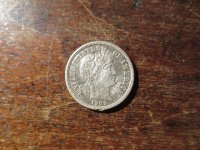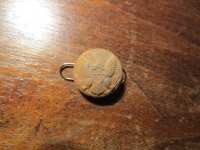lookingharder
Sr. Member
- Feb 27, 2015
- 433
- 753
- Detector(s) used
- Whites Coin Master. Garrett AT Gold, Garrett Ace 350
- Primary Interest:
- All Treasure Hunting
Iv'e heard for years that when the ground freezes it will push items up to the surface. I was told by the same guy that is why he has found arrow heads in the same fields for years. Is this true? I'm curious because I have searched fields and old yards (my handles looking harder so I pretty much cover every foot of a place) and have found coins and other items in places that I have searched several times in the spring. Just curious of what some of the other, much wiser hunters on the site think.





